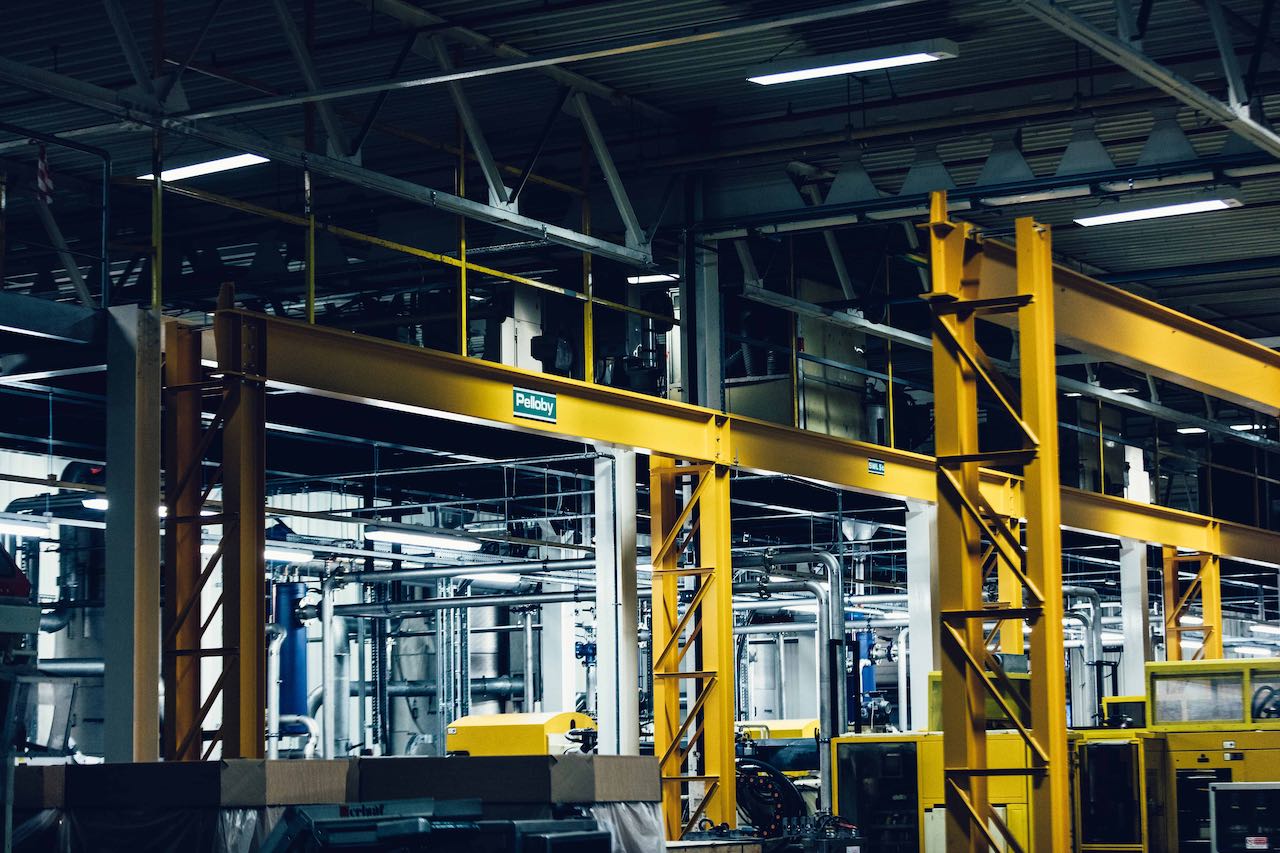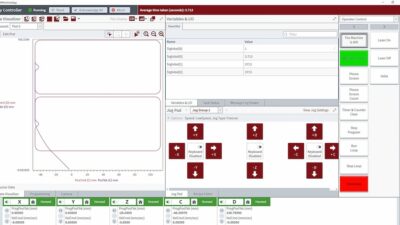Mobile human-machine interfaces (HMIs) have evolved over the last decade and offer a lot of potential value on the plant floor, but there are perceived cybersecurity and risk management issues for many users that need to be overcome.

While most people might not consider it one, the ATM is a great example of a human-machine interface (HMI). By using a keypad, or a touchscreen, the user operates the machine and instructs it to dispense cash according to the amount requested. This is a secure process using a PIN, built-in cameras and communication with the global bank network. On a general level, this isn’t unlike what a plant operator does with an HMI. The purposes are different, but the basic interaction is the same.
ATMs are going mobile, as is banking in general. Banking customers want “anytime anywhere” capabilities, and plant managers using HMIs want the same luxury.
Mobile HMIs now are readily available, but their adoption has been slow in some industrial sectors. Cybersecurity, risk management and coverage are some of the reasons cited to explain this hesitation.
A fixed HMI in a plant bridges the gap between human and machine. Using supervisory control and data acquisition (SCADA) software, the HMI displays information on the pressure, temperature and process data to provide an overview of the present situation on the plant floor. HMIs have modernized in the last decade and now can control and monitor multiple machines at once to provide a complete overview of a production facility.
Mobile HMIs — accessed on smartphones, tablets and other handheld devices — allow operators to monitor performance, production and problems from anywhere.
However, these potential benefits are outweighed by the perceived risks they bring to the plant floor for some.
Mobile HMI challenges
Cybersecurity is a concern for any connected device. This is especially true for a device that can be taken anywhere, connected to any Wi-Fi hub, or even lost on public transport. However, these challenges already have been addressed in other industries such as banking, representing a lost opportunity for users in industrial applications. Mobile HMIs could result in boosted profitability due to quicker reaction times and greater insight into factory performance.
Cybersecurity always will be a concern for business owners. However, many of today’s SCADA software providers have stringent protection in place with data encryption, firewalls and consistent patch management. While out-of-the-box mobile devices don’t have the same software protection as dedicated hardwire systems, wireless cybersecurity can be added with the same protection as fixed systems.
Risk management is another perceived challenge. Facility managers may envision machines being controlled by mobile devices any and everywhere. Meanwhile, the confused operator on the factory floor doesn’t have a clue why the machine isn’t performing like it should. However, mobile HMIs have incorporated enough safeguards to allow for affective unattended remote operation. For example, in-situ cameras can detect if someone is present and alert the remote user, preventing injury from remote operation.
Safeguards also can ensure the remote worker is in close enough proximity to be aware of local hazards such as storms or floods. Because of this need to localize people, the use of user profiles is increasingly important. These profiles will incorporate location awareness to prevent someone from accidentally operating a plant from home on their mobile device, or worse — a child finding a fun “game” to play.
HMIs have the cybersecurity and safeguards in place to catch up. Remote monitoring and control from a mobile HMI will enable better insight of entire facilities, quicker reactions to problems, and more dynamic control of the plant. They can help ensure bottleneck situations are prevented and output is maximized.
Mark Howard is U.S. manager for EU Automation. Edited by Chris Vavra, production editor, Control Engineering, CFE Media, [email protected].
MORE ANSWERS
Keywords: Human-machine interface, HMI, cybersecurity
Mobile human-machine interface (HMI) devices have evolved a great deal in the last decade.
While mobile HMIs have improved, there are still concerns about cybersecurity and risk management, leading to slower adoption.
Remote monitoring and control from a mobile HMI will enable better insight of entire facilities.
Consider this
What is the biggest concern you have about adopting mobile HMIs in your plant?
ONLINE extra
About the company
EU Automation stocks and sells new, used, refurbished and obsolete industrial automation spares. Its global network of preferred partner warehouses, and wholly owned distribution centers, enables it to offer a unique service within the automation industry, spanning the entire globe



